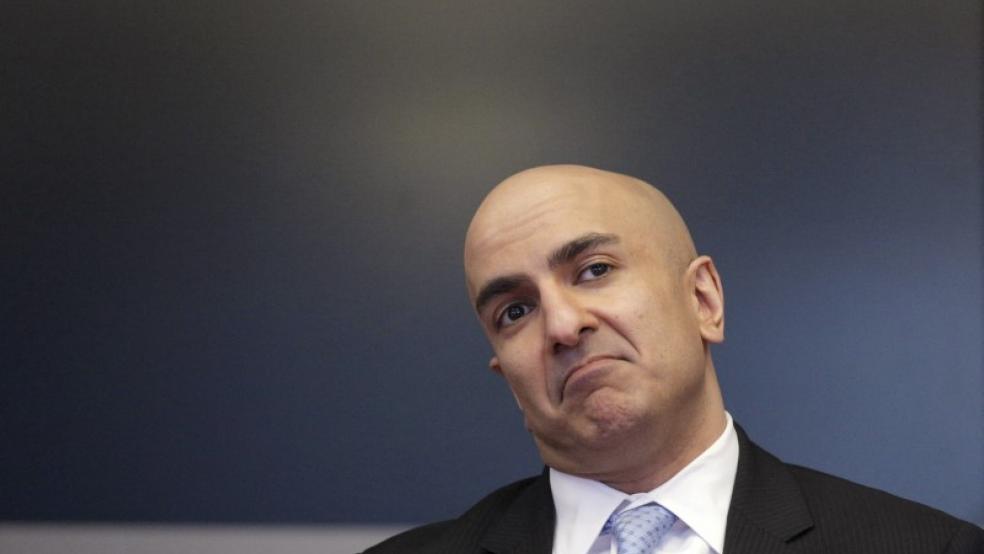WASHINGTON (Reuters) - A mixed U.S. jobs report on Thursday may not give Fed chair Janet Yellen the "decisive evidence" of labor market recovery she wants to see before raising interest rates.
The June employment report showed a modest jump in jobs but no wage growth, a renewed fall in the labor force participation rate, and no improvement in some of the weak corners of the economy that Yellen watches closely.The number of people involuntarily stuck in part time jobs, for example, was little changed from the month before and has stalled for the last three months at around 6.5 million.On their own, none of that may be enough to stop the Fed from an interest rate hike many expect in September. But the lack of wage growth in particular is counter to what Fed officials say they want to see.Investors, already doubtful the Fed could raise rates amid turmoil in the euro zone, moved their expectations for an initial rate hike solidly into 2016. "The lack of a sustained acceleration in wage growth could prompt the Fed to keep pushing back the timing of the first rate hike," said Paul Dales, senior U.S. economist for the Capital Economics consulting firm.Still, with the jobs market continuing to grow and the unemployment rate likely approaching full employment, "a September rate hike is very much in play," Dales added.The 223,000 jobs created in June is still considered a solid number, and above average for the year so far. The unemployment rate fell from 5.5 percent to 5.3 percent, already within the range Fed officials expected to be reached by the end of the year.But the decline occurred for the wrong reasons - a drop in the labor force participation rate from 62.9 percent to 62.6 percent. People who are out of the labor force are not included in the calculation of the unemployment rate.Fed officials were encouraged by the fact that the participation rate had stabilized over the last year, and took it as evidence economic recovery was reaching more corners of the labor market and encouraging people to take a job or begin hunting for one.The move down, resuming a trend that set in during the 2007 to 2009 recession, is "worrisome," said Mohamed El-Erian, chief economic adviser at Allianz insurance in California. "This will fuel the secular stagnation debate," and "raise questions about a September interest rate hike."The Fed may take heart from the decline in the number of long-term unemployed by nearly 400,000, from an estimated 2.5 million to around 2.1 million. But it is impossible to tell from the monthly report how many of those people got jobs, and how many may have contributed to the fall in the participation rate by dropping out of the labor force.Officials at the Bureau of Labor Statistics caution against reading too much into the smaller categories of the employment report, which are based on a monthly survey and can be volatile.But for the Fed, the June report is at best ambiguous. The report is likely to invigorate debate about whether the economy's rate of full employment has drifted lower -- a development that would explain why wage growth remains weak and move one of the Fed's chief goal posts.Alongside the modest June job growth, what were considered strong reports in April and May were revised lower."It is clear that the economy is continuing to leave workers high and dry," said Elise Gould at the Economic Policy Institute. "It is more than obvious that the Federal Reserve needs to stay the course." (Reporting by Howard Schneider; Additional reporting by Mike Flaherty in Washington and Jon Spicer in New York; Editing by Andrew Hay)Analysis: For Fed, a muddled jobs report even as U.S. employment continues to expand

Kevin Lamarque



